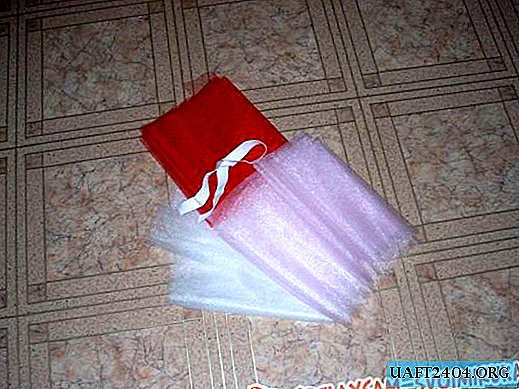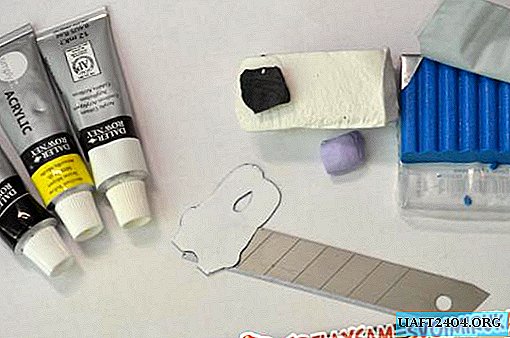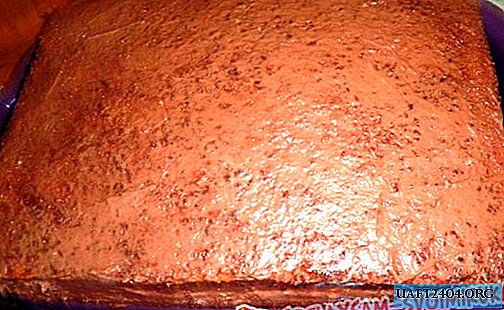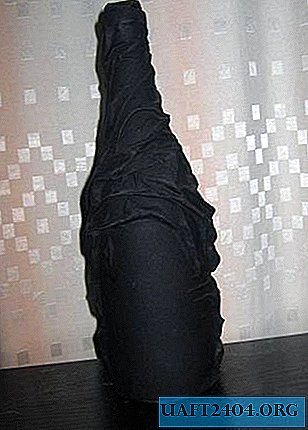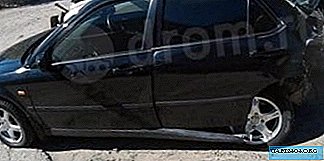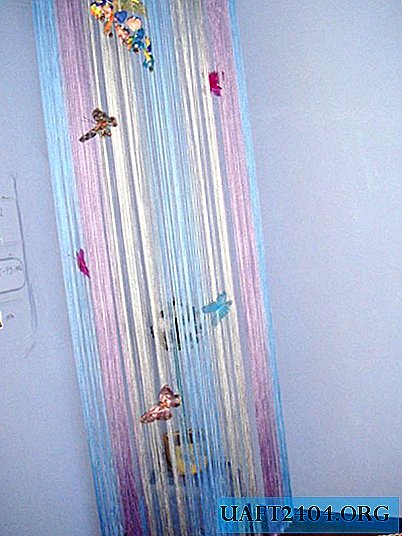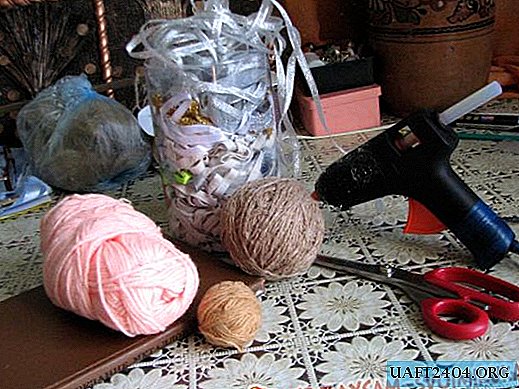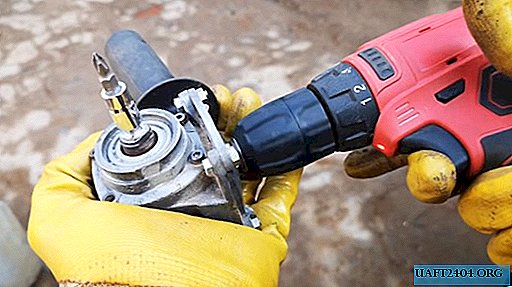Share
Pin
Tweet
Send
Share
Send
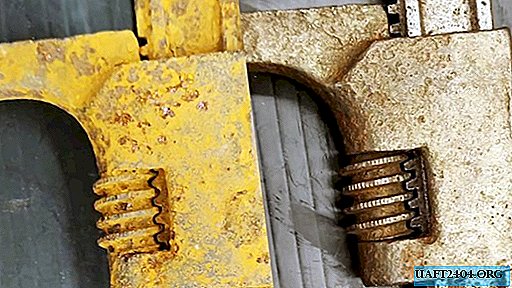
Often rusty tools or other metal objects can get into your hands, which would be nice to restore. If there is a shallow surface corrosion, then after processing from rust scale, the updated parts may well be used for their intended purpose. Let us compare the hydrolysis technology and the dissolution of rust with chemical compounds in order to understand which is better.

Materials
When processing rusty objects by hydrolysis, you will need:
- aluminum or copper wire;
- caustic soda;
- water;
- power supply or charger for car battery;
- open container of suitable size;
- an unnecessary steel item about the size of the part being restored;
- brush for metal.

For chemical treatment, you need to prepare:
- "Evapo-Rust" or other rust converter;
- open container of suitable volume;
- latex gloves.
Hydrolysis Recovery
The restoration of a part by hydrolysis consists in the fact that under the influence of electricity, rust from a restored object is transferred to an unnecessary steel billet. For this, a concentrated solution of caustic soda is prepared.
The restoration part is tightly tied with several wires of aluminum or copper wire in such a way as to leave a long end.

The same procedure is done with the workpiece for receiving rust. Both parts are lowered into a caustic soda bath. There should be a small distance between them. The positive wire from the charger is connected to the wire of the unwanted workpiece protruding from the bath, and the negative wire to the part being restored.

After that, you need to turn on the charger and first set the minimum voltage.

When power is supplied from the workpieces, carbon dioxide bubbles will begin to separate. It is completely safe and normal. At first, you need to observe the operation of the rectifier, if it or the solution does not heat up, then you can add voltage. This will speed up the rust removal process. It is imperative that the wires of the charger are not immersed in the solution, since their clamps can oxidize. Periodically, it will be necessary to tighten the wire on the parts to maintain good contact.
Chemical Recovery
The process of chemical recovery of parts is much simpler. You can use a rust converter (Evapo-Rust) or its analogs. The chemical composition is poured into any container of a suitable volume, after which a part requiring restoration is immersed.

She stays in the bathroom for several hours, sometimes a day, depending on the degree of corrosion.

Method Comparison
Both methods of repairing rusty parts are effective, but it is better to use chemical compounds objectively.

They more thoroughly and evenly remove rust, and after processing do not require mechanical post-treatment. In the case of hydrolysis with a similar processing time at the end, you still have to use a metal brush.

The duration of hydrolysis, depending on the power of the charger, the concentration of soda in water, the mass of the workpiece and the degree of its coating with rust can last from several hours to a couple of days. The undoubted advantage of hydrolysis is the cheapness of this method.


Both methods of recovery with a timely stop of the process will not lead to corrosion of living metal under the scale.
Initially rusty parts and after restoration by hydrolysis with soda:

Now compare the rust converter and hydrolysis:

Share
Pin
Tweet
Send
Share
Send

